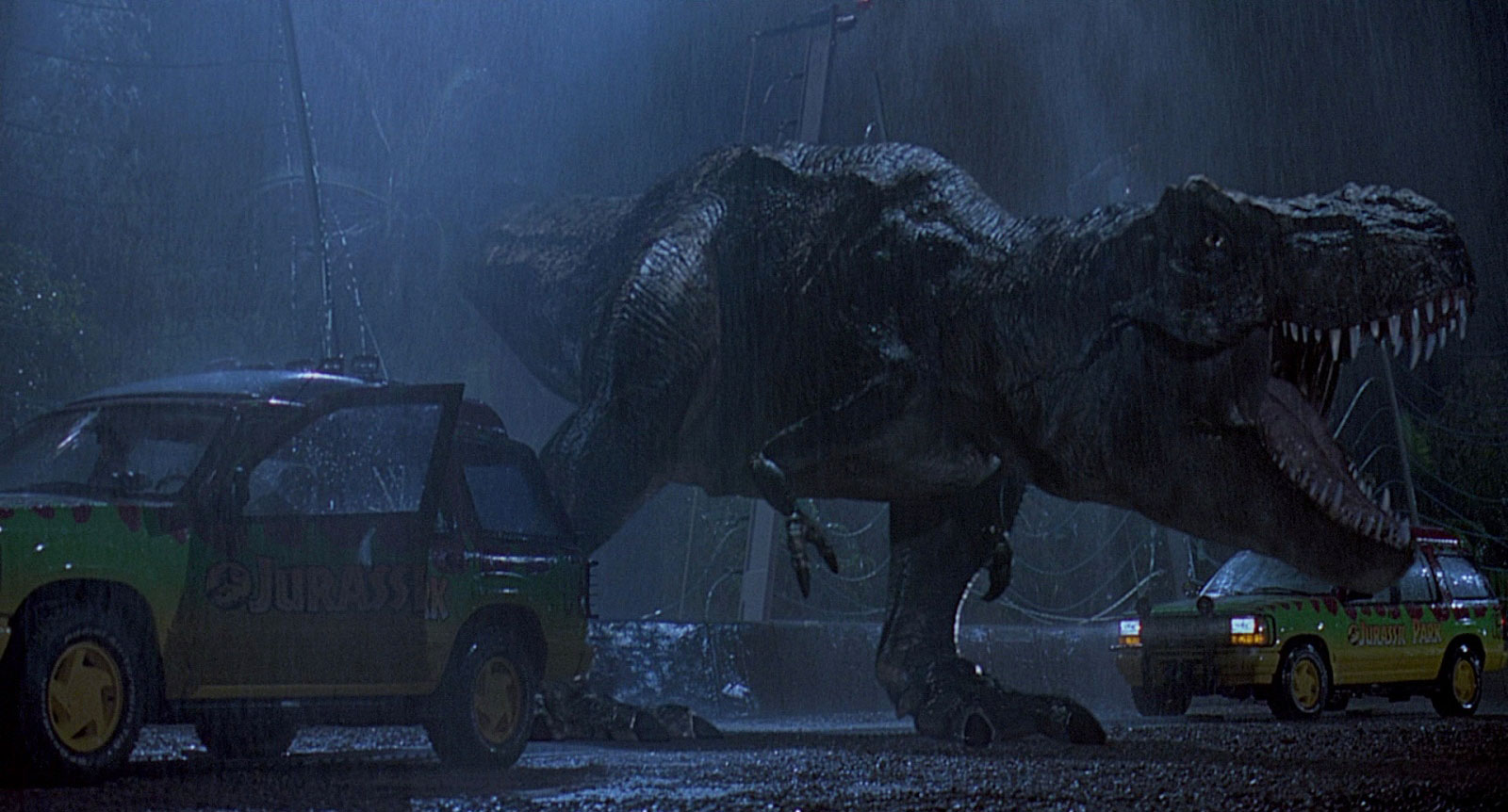- Tyrannosaurus rex has captivated the public imagination since the “king of the dinosaurs” ate its way onto the scene in “Jurassic Park.”
- But when Steven Spielberg’s 1993 blockbuster was being made, paleontologists didn’t really know much about T. rex – only seven or eight skeletons existed in the fossil record.
- Since then, a dozen more T. rex skeletons have been found, changing our understanding of these creatures.
- The American Museum of Natural History has created the most accurate depiction of what T. rex looked like in a new exhibit about the iconic dinosaur.
If your image of Tyrannosaurus rex is based on the ferocious creature in “Jurassic Park,” you’ve gotten quite a few things wrong about the “king of the dinosaurs.”
In recent years, paleontologists have been revising the scientific consensus about how T. rex looked, sounded, and ate.
“Everyone’s preconceived ideas of what T. rex acted like and looked like are going to be heavily modified,” Mark Norell, a curator at the American Museum of Natural History, told Business Insider. The museum just opened an exhibit devoted to the dino, called “T. rex: The Ultimate Predator.”
The exhibit showcases the latest research on the prehistoric animal. And as it turns out, these predators started their lives as fuzzy, turkey-sized hatchlings. They also had excellent vision, with forward-facing eyes like a hawk for superior depth perception. And T. rexes couldn’t run – instead, they walked at impressive speeds of up to 25 mph.
But to be fair to Steven Spielberg, only seven or eight T. rex skeletons existed in the fossil record when his classic movie was produced in 1993. Since then, a dozen more skeletons have been discovered, and those bones have changed scientists' understanding of the creatures.
Here's what the T. rex was really like when it hunted 66 million years ago, according to the experts at the AMNH.
The first T. rex skeleton was discovered in 1902 by Barnum Brown, a paleontologist with the AMNH.
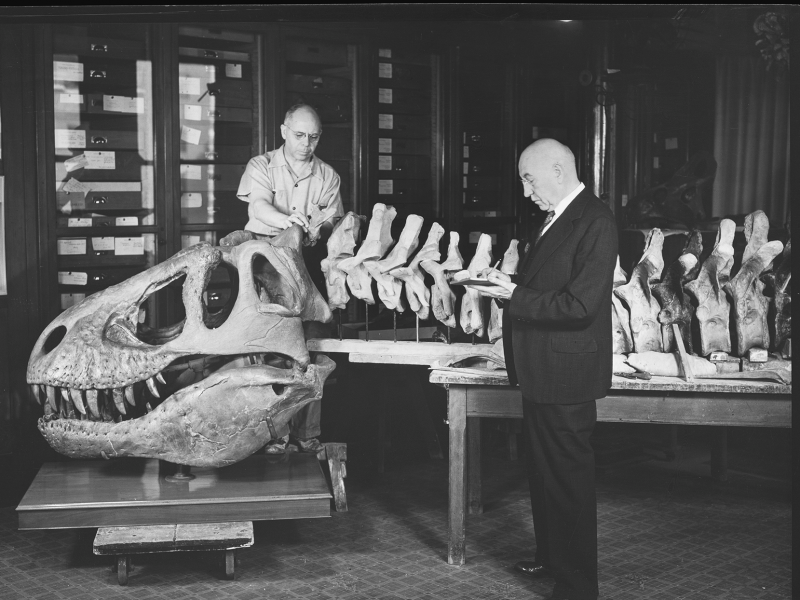
Today, the institution boasts one of the few original T. rex skeletons on display.
Tyrannosaurus rex - from the Greek words for "tyrant" and "lizard" and the Latin word for "king" - lived between 68 million and 66 million years ago, during the late Cretaceous period (just before the asteroid impact that ended the era of the dinosaurs).
The T. rex rocked a mullet of feathers on its head and neck, and some on its tail too.
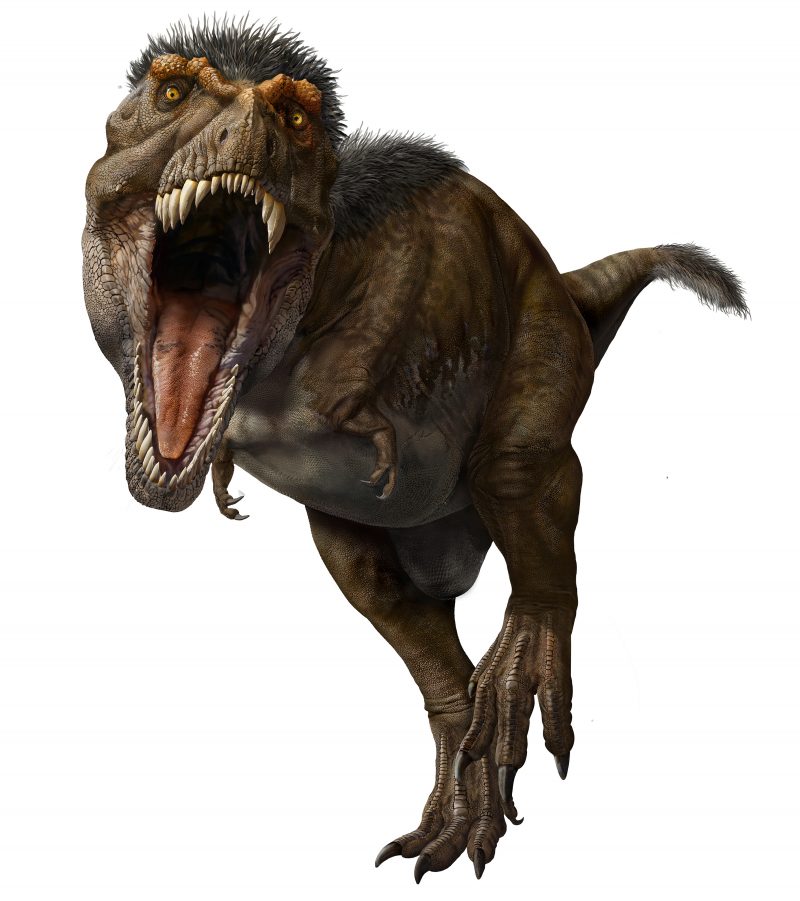
Feathers are rarely preserved in the fossil record, so they haven't been found on a T. rex specimen. But other dinosaur fossils, including other tyrannosaur species and their relatives, do have preserved feathers.
That means paleontologists can "safely assume" T. rex had feathers as well, Norell said.
Though adult T. rexes were mostly covered in scales, scientists think they had patches of feathers on attention-getting areas like the head and tail.
T. rex hatchlings looked more like fluffy turkeys than terrifying predators.
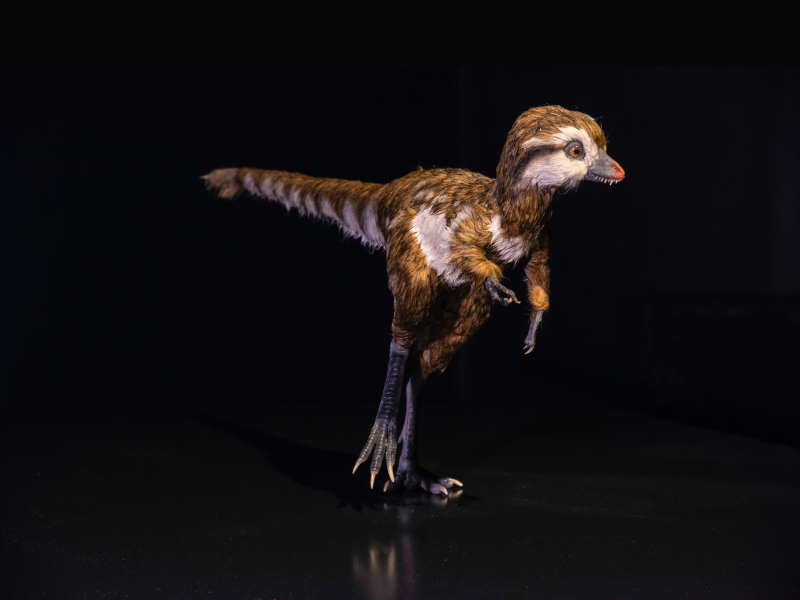
T. rex hatchlings were covered in peach fuzz, much like a duckling. As they aged, they lost most of their feathers, keeping just the ones on the head, neck, and tail.
Most hatchlings didn't survive past infancy. A baby T. rex had a more than 60% chance of succumbing to predators, disease, accidents, or starvation during its first year of life.
T. rex had a fairly short lifespan by human standards. No known T. rex lived past the age of 30.
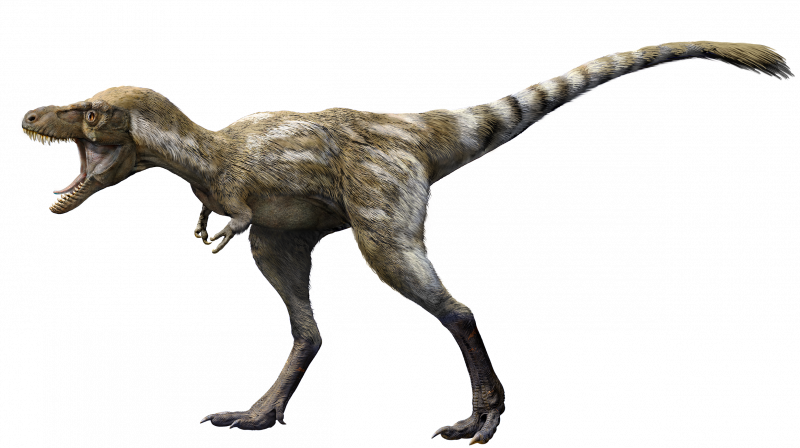
The T. rex was like "the James Dean of the dinosaurs," said Gregory Erickson, a paleontologist from Florida State University who consulted on the museum's new exhibit.
The Hollywood actor, often connected to the famous quote "Live fast, die young, and leave a good-looking corpse," died in a fiery car crash at the age of 24. T. rexes, similarly, were spectacular but died quite young.
Paleontologists can estimate the age that a dinosaur was when it died by analyzing its fossilized bones, which have growth rings that correspond to its age, much like trees. Experts can count the number of rings to determine its age, as well as compare the spaces between rings to find out how fast the dinosaur was growing at different ages.
A T. rex grew from a tiny hatchling to a 9-ton predator in about 18 to 20 years, gaining an unbelievable 1,700 pounds per year.
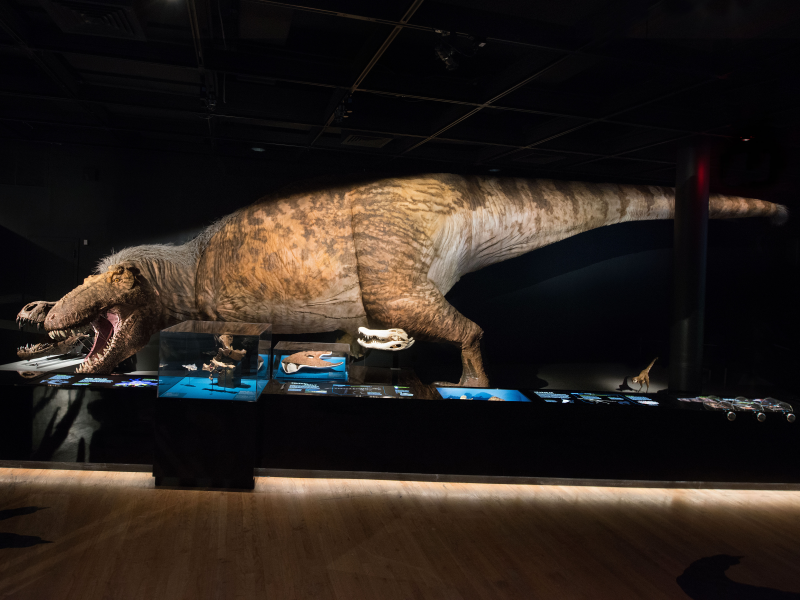
A full-grown Tyrannosaurus rex weighed about 6 to 9 tons. It stood about 12 to 13 feet tall at the hip and was about 40 to 43 feet long.
The "king of the dinosaurs" evolved from a larger group of tyrannosaurs that were smaller and faster.
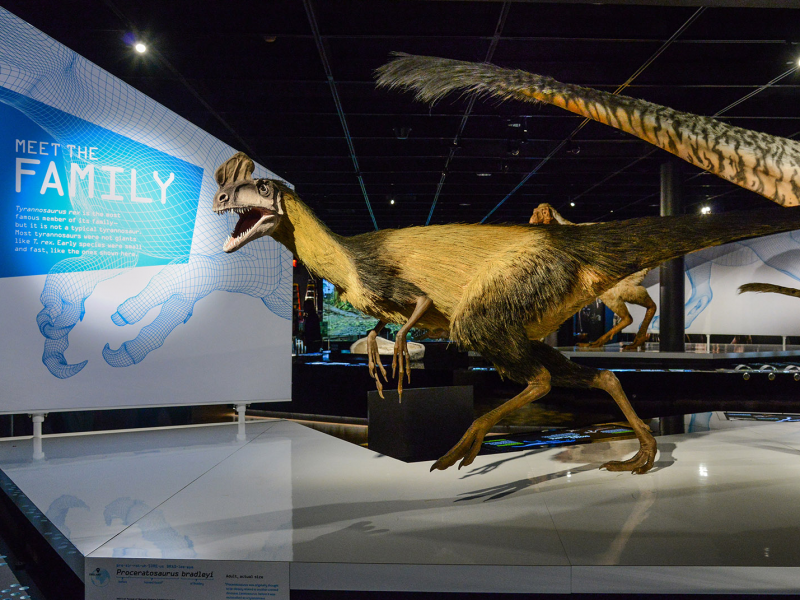
While the T. rex emerged about 68 million years ago, its tyrannosaur ancestors were 100 million years older than that.
The tyrannosauroidea superfamily consists of two dozen species spanning more than 100 million years of evolution.
That evolutionary lineage might explain why T. rex had tiny arms.
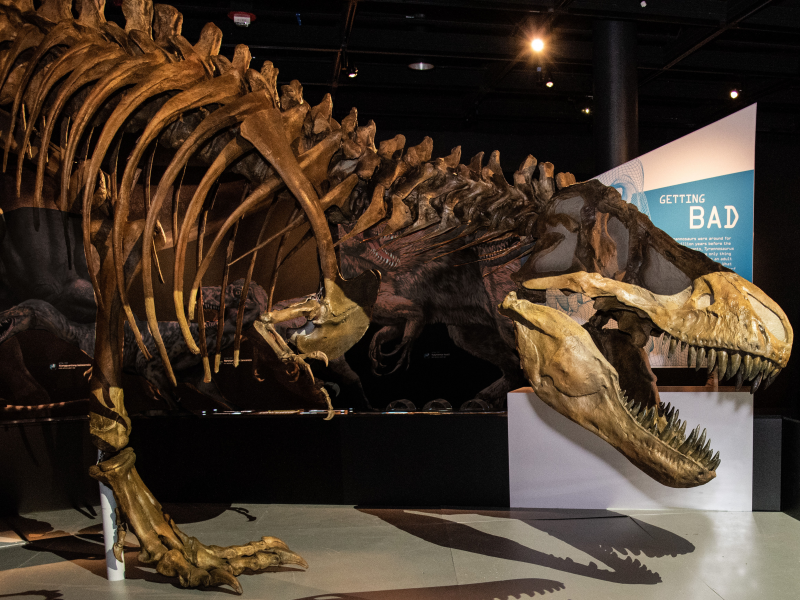
For earlier tyrannosaur relatives with smaller bodies, these tiny arms were long enough to grasp prey or pull food into their mouth.
"The earliest tyrannosaur species had arms that were perfectly proportioned," Erickson said.
He said he thinks T. rex's puny arms were vestigial - a body part or organ that no longer serves a function but is nevertheless retained (kind of like a human's appendix or wisdom teeth).
An adult T. rex didn't need its arms to hunt — its massive jaws, filled with sharp teeth that constantly grew back, were enough.
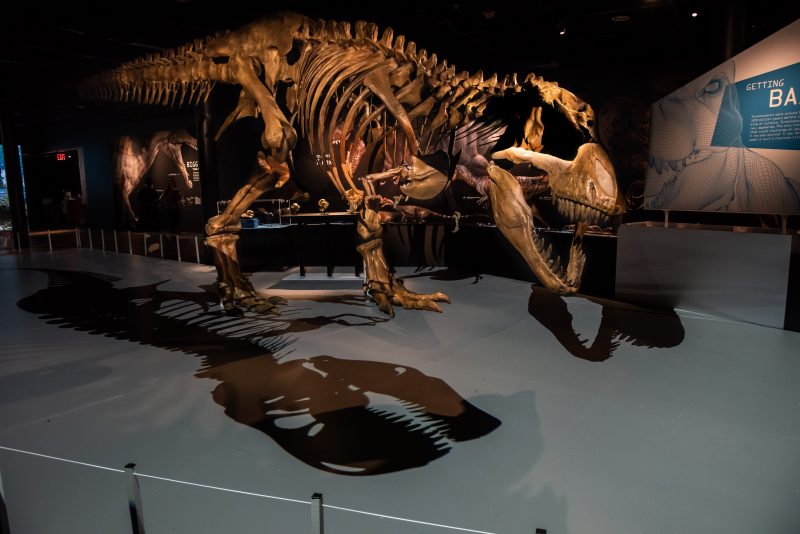
"T. rex was a head hunter," Norell said. The predator had the rare ability to bite through solid bone and digest it.
Paleontologists know this from the dinosaur's fossilized poop; they've discovered T. rex feces containing tiny chunks of bone eroded by stomach acid.
The force of a T. rex bite was stronger than that of any other animal.
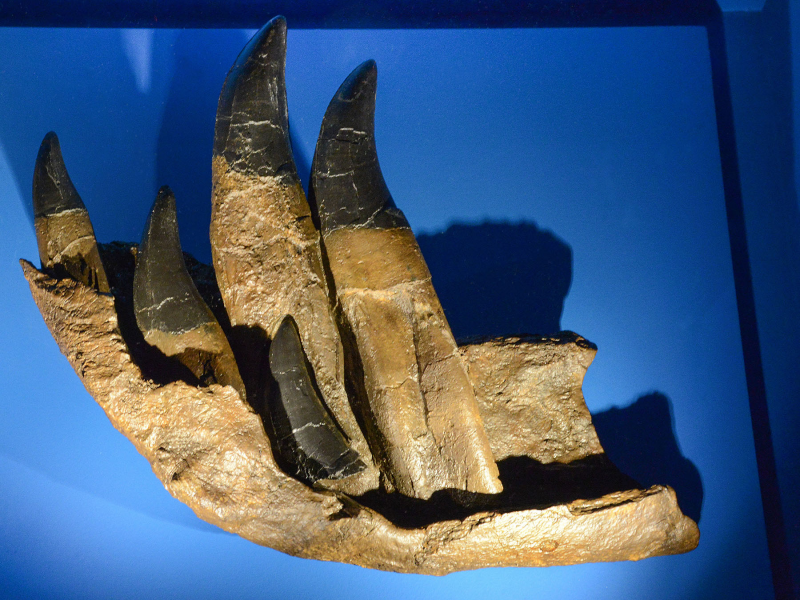
T. rex had a bite force of 7,800 pounds, equivalent to the crushing weight of about three Mini Cooper cars. By comparison, the massive saltwater crocodile of northern Australia - which grows to 17 feet and can weigh more than a ton - chomps down with 3,700 pounds of force.
No other known animal could bite with such force, according to museum paleontologists.
T. rex was also a cannibal.
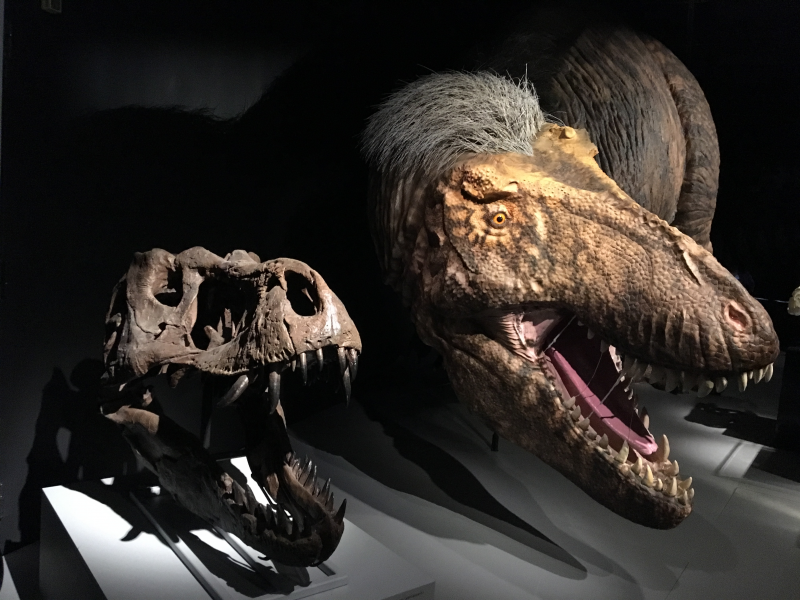
Scientists are pretty sure that T. rex ate members of its own species, but they don't know whether the dinosaurs killed one another or just ate ones that were already dead.
Arguments about whether the dinosaur was a hunter or a scavenger have raged over the years, but "a bulk of the evidence points to T. rex being a predator, not a scavenger," Erickson said. "It was a hunter, day in and day out."
The predator had a keen sense of smell, acute vision, and excellent hearing, making it hard for prey to avoid detection.
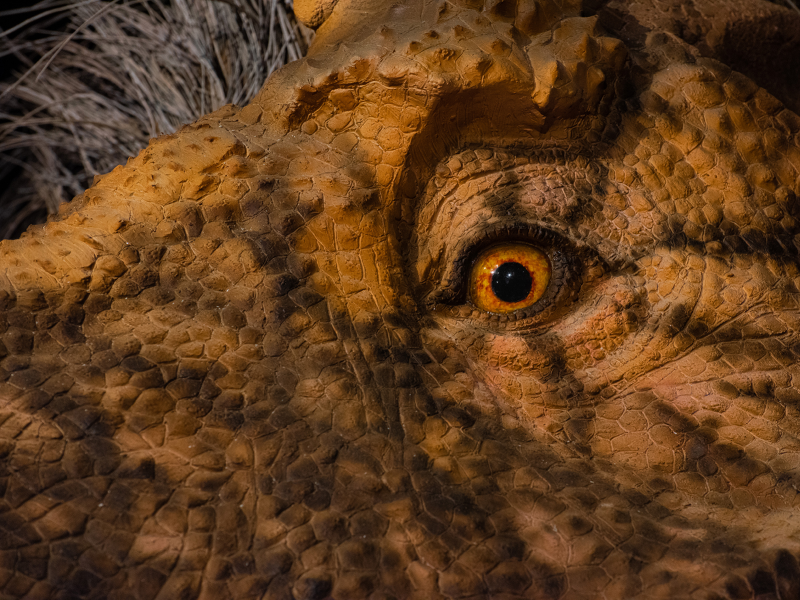
When "Jurassic Park" came out in 1993, scientists knew only that the T. rex was big and carnivorous and had a small brain, Erickson said.
But now paleontologists know that the dinosaur had some of the largest eyes of any land animal ever.
About the size of oranges, T. rex eyes faced forward like a hawk's and were spread farther apart on its face than most other dinosaurs' eyes, giving it superior depth perception during a hunt.
One of the biggest differences between the museum's depiction of T. rex and the images in popular culture is that the real animal appears to be much svelter.
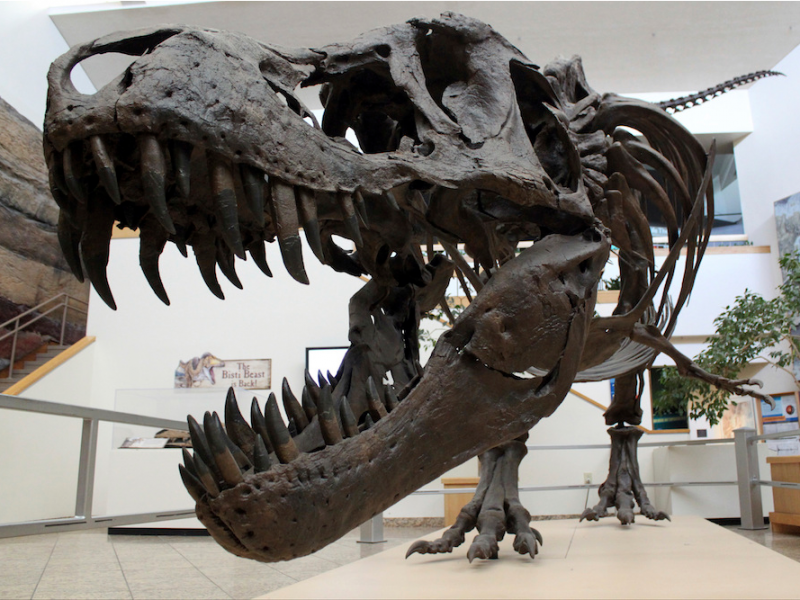
The new model shows a T. rex with even smaller forelimbs than previous ones and more prominent hind limbs.
According to museum paleontologists, an adult T. rex walked with fairly straight legs, much like an elephant. Walking with bent legs would have placed immense stress on its bones and joints, quickly exhausting its leg muscles.
So unlike the creature in "Jurassic Park," the real T. rex couldn't run. It just walked quickly.
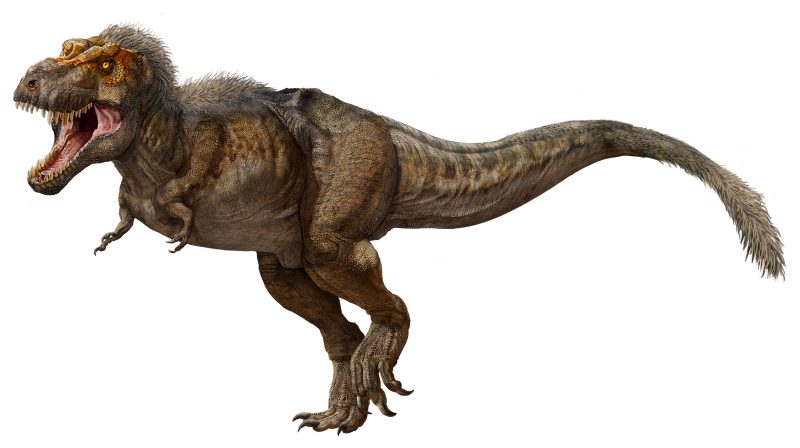
An adult T. rex had a long stride, helping it reach speeds of 10 to 25 mph. But the dinosaur never reached a suspended gait, since it always had at least one leg on the ground at all times.
Juvenile T. rexes, which weighed less than an adult, could run.
There are still a few lingering mysteries about T. rex, including what color it was.
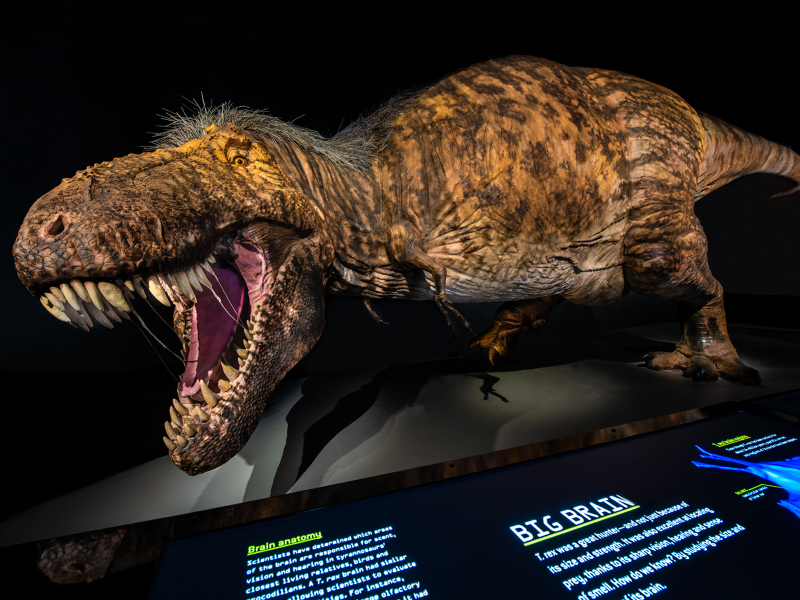
In movies and illustrations, the animal is often depicted in drab colors, similar to those of a crocodile. But the new museum exhibit suggests that, since reptiles come in every color, the T. rex could have been brightly colored.
It's also challenging for experts to determine the sex of the T. rex skeletons they dig up, leaving questions about differences between males and females unanswered as well.
Scientists aren't sure what T. rex sounded like, but the best guesses are based on the dinosaur's closest living relatives: crocodiles and birds.
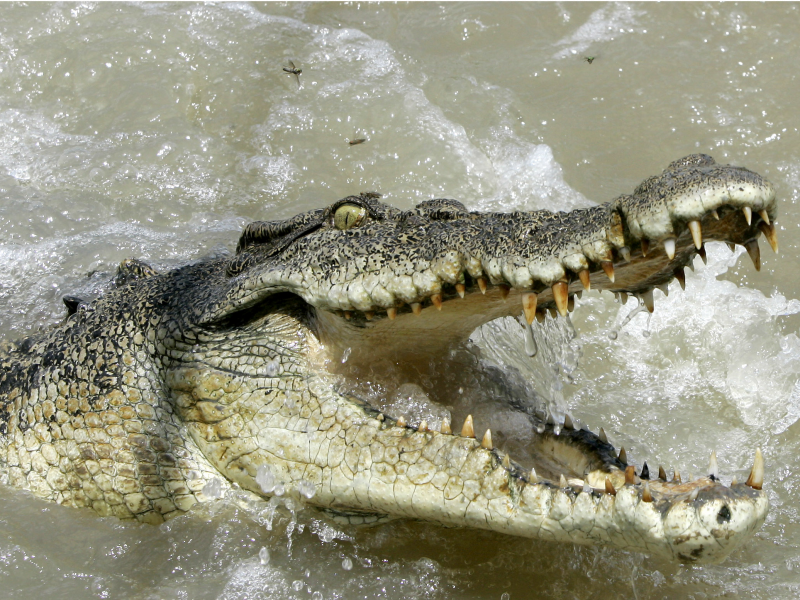
A 2016 study suggested that T. rex probably didn't roar, but most likely cooed, hooted, and made deep-throated booming sounds like the modern-day emu.

